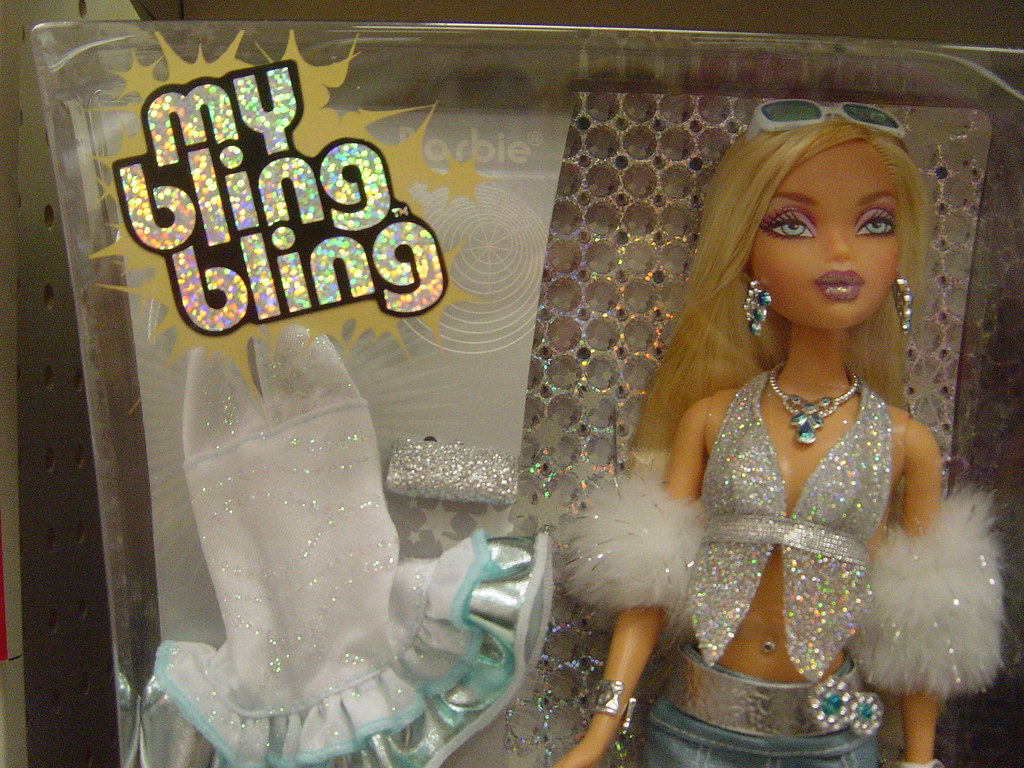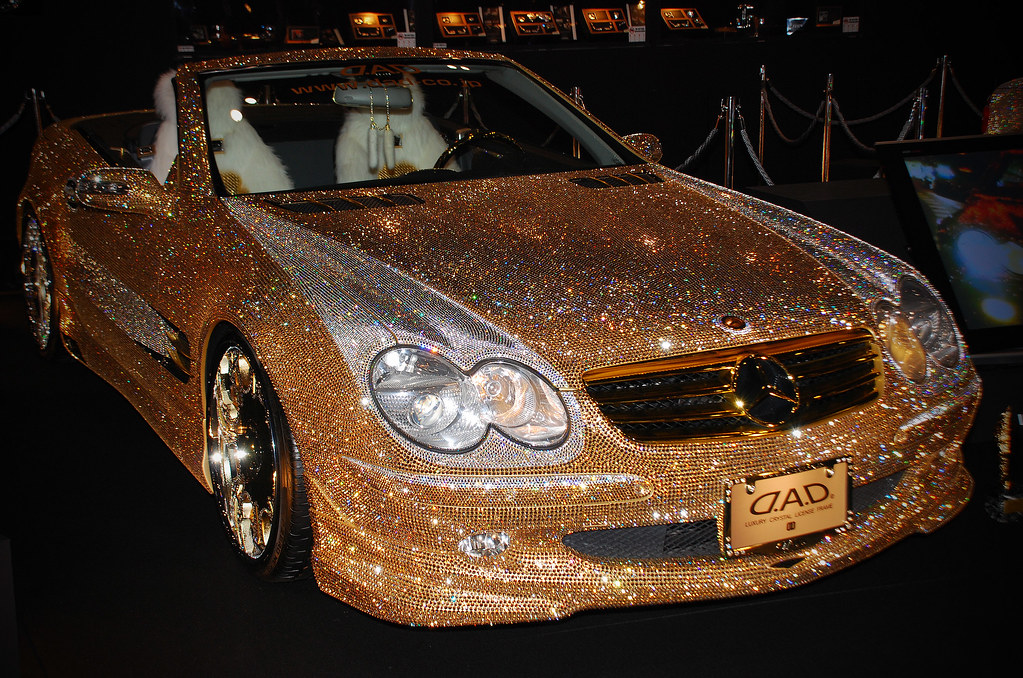 |
| Modern marshmallows are made in a variety of colors and shapes |
Most of us know the marshmallow as a candy confection. But I wondered how this sugar, water and gelatin whipped to a spongy consistency and molded into small cylindrical pieces with a corn starch coating got its name.
I had some vague recollection of marshmallow being a plant and some quick searching told me that I was correct.
The word marshmallow comes from the mallow plant (Althaea officinalis) that is a genus of an herb native to parts of Europe, North Africa, and Asia.
"Marsh" is used because the mallow plant grows in marshes and other damp areas.
We don't know exactly when marshmallow plants led to the confection. As early as 2000 B.C, Egyptians were said to be the first to make marshmallows for eating. They were considered a delicacy for gods and royalty.
The root of the plant was used as a medicinal to soothe coughs and sore throats, and to heal wounds.
The edible version was made by boiling pieces of root pulp with sugar until it thickened, then strained, cooled and shaped.
 |
| choclate-covered marshmallows |
In the early 19th century, French confectioners pioneered the innovation of whipping up the marshmallow sap and sweetening it, to make a candy similar to modern marshmallow. In the late 19th century, French manufacturers thought of using egg whites or gelatin, combined with modified corn starch, to create the chewy base.
Traditional marshmallows used marshmallow root, but most commercially manufactured marshmallows instead use gelatin. Vegans and some vegetarians avoid gelatin, so there are versions which use a substitute non-animal gelling agent such as agar.
Marshmallow creme and fluff products generally contain little or no gelatin (which is used to allow the confection to retain its shape) and generally use egg whites instead.
 |
| toasted marshmallow |
S'mores are a traditional campfire treat in the United States, made by placing a toasted marshmallow on a slab of chocolate which is placed between two graham crackers. These can then be squeezed together to cause the chocolate to start to melt.
S'more is a contraction of the phrase "some more" and one early recipe for a s'mores confection is found in recipes published by the Campfire Marshmallows company in the 1920s. there it was called a "Graham Cracker Sandwich" that was already popular with Boy Scouts and Girl Scouts. In 1927, a recipe for "Some More" was published in Tramping and Trailing with the Girl Scouts.
The contracted term "s'mores" appears in conjunction with the recipe in a 1938 publication aimed at summer camps.
S'more about all this at wikipedia.org/wiki/Marshmallow







